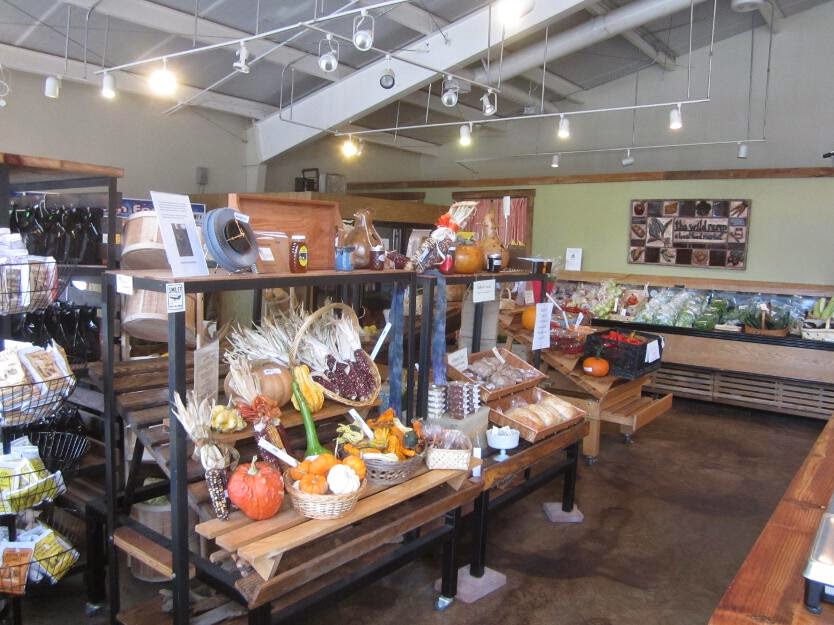We have officially ran out of space on the canning shelves! We still have a lot leftover from the previous two years so this year we selectively grew produce that had few jars on the shelves. For instance, we still have about 45 quart jars of green beans from last year so we grew shell beans instead. Here's the official preservation list followed by a few pictures. Keep in mind that these totals are only the excess we grew. There were plenty of berries and vegetables for fresh eating and pies! And as you already know, we grow everything without using pesticides and chemical fertilizers.
5 quarts, 8 pints stewed tomatoes
15 pints tomato soup
10 half-pints BBQ sauce
18 quarts, 1 pint tomato juice
10 half-pints green tomato relish
13 pints tomatillo salsa
11 pints tomatillo enchilada sauce
5 quarts whole tomatilloes
13 pints peas
35 pints beets
22 pints pickled beets
8 pints dill pickles
17 pints picked okra
73 quarts carrots
21 quarts peaches (purchased)
2 quart bags full of dehydrated peaches
7 quarts applesauce (purchased)
1/2 gallon jar dehydrated apple slices
15 pints, 14 half-pints strawberry jam
10 pints strawberry lemon marmalade
3 pints, 3 half-pints strawberry-rhubarb jam
10 trays of strawberry fruit leather
2 gallon freezer bags whole strawberries
5 quart freezer bags raspberries
8 pints, 3 Weck jars blackberry jam
4.5 pints ground cherry preserves
5 pints sauerkraut
2 gallon bags frozen snap peas
3 quart bags frozen cabbage
2 quart bags edamame
3 Turks Turban squash
4 Golden Hubbard squash
3 Acorn squash
13 jack-o-lantern pumpkins
9 pie pumpkins
12 quarts potatoes and 5 gallons for fresh eating
70 garlic
18 lb, 4.1 oz dry beans
A nice variety of beets this year. (Click to enlarge)
First year canning peas...not enough freezer space for everything!
First year canning Tomatillo Salsa.
Jon is really proud of the pepper plants this year.
Just picked from the garden--a beautiful assortment of peppers.
Our assortment of
shelling beans. These will be great in soup, chili, and casseroles!
Carrots and Beets. Picture taken: 5-30-2014
Carrots and Beets. Picture taken: 6-26-2014





















































